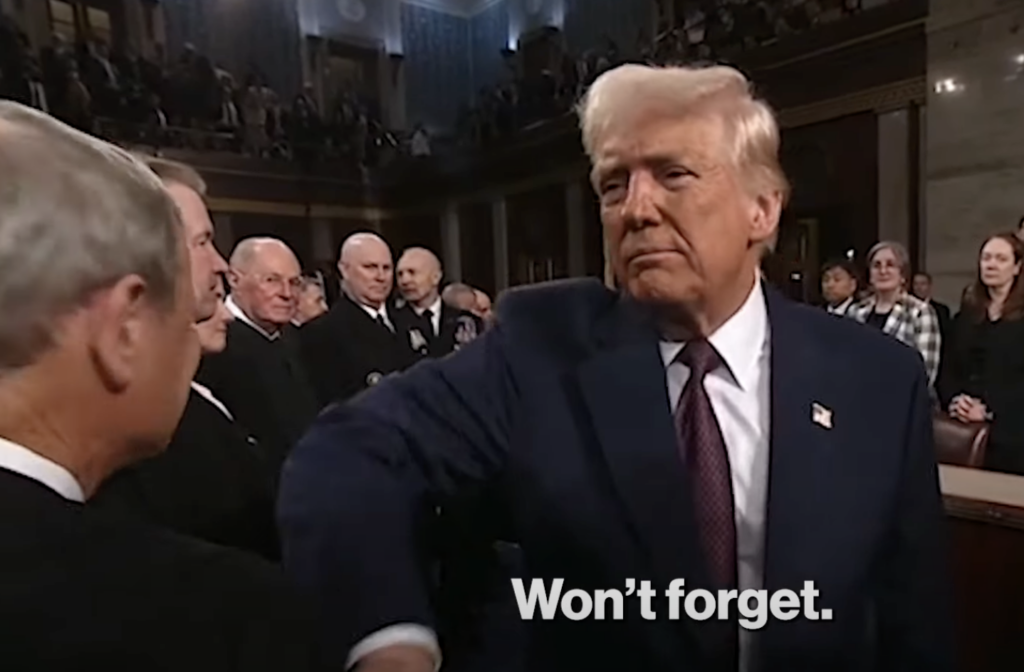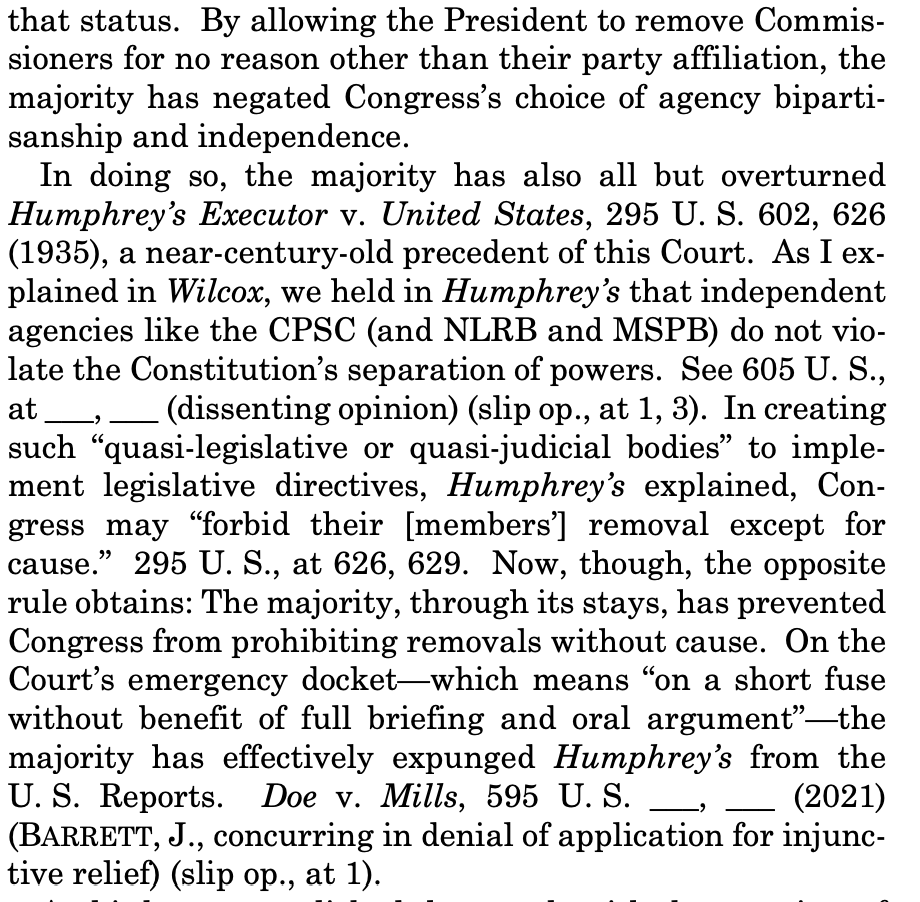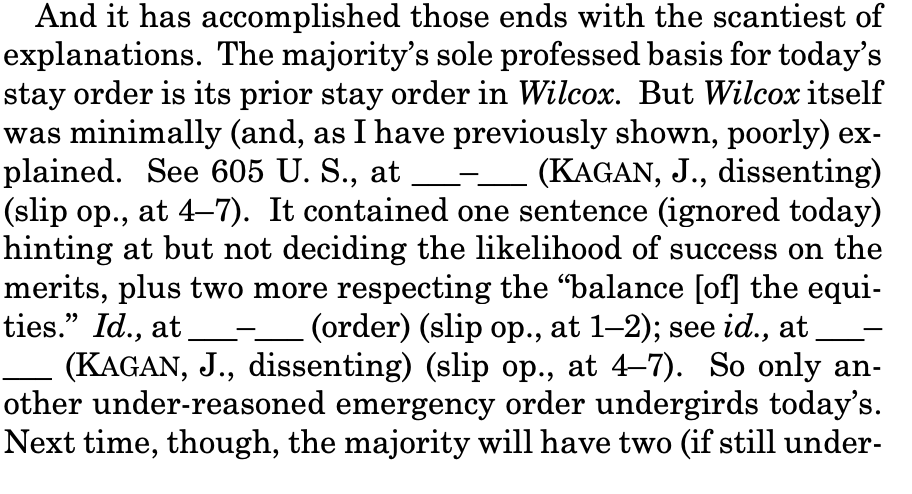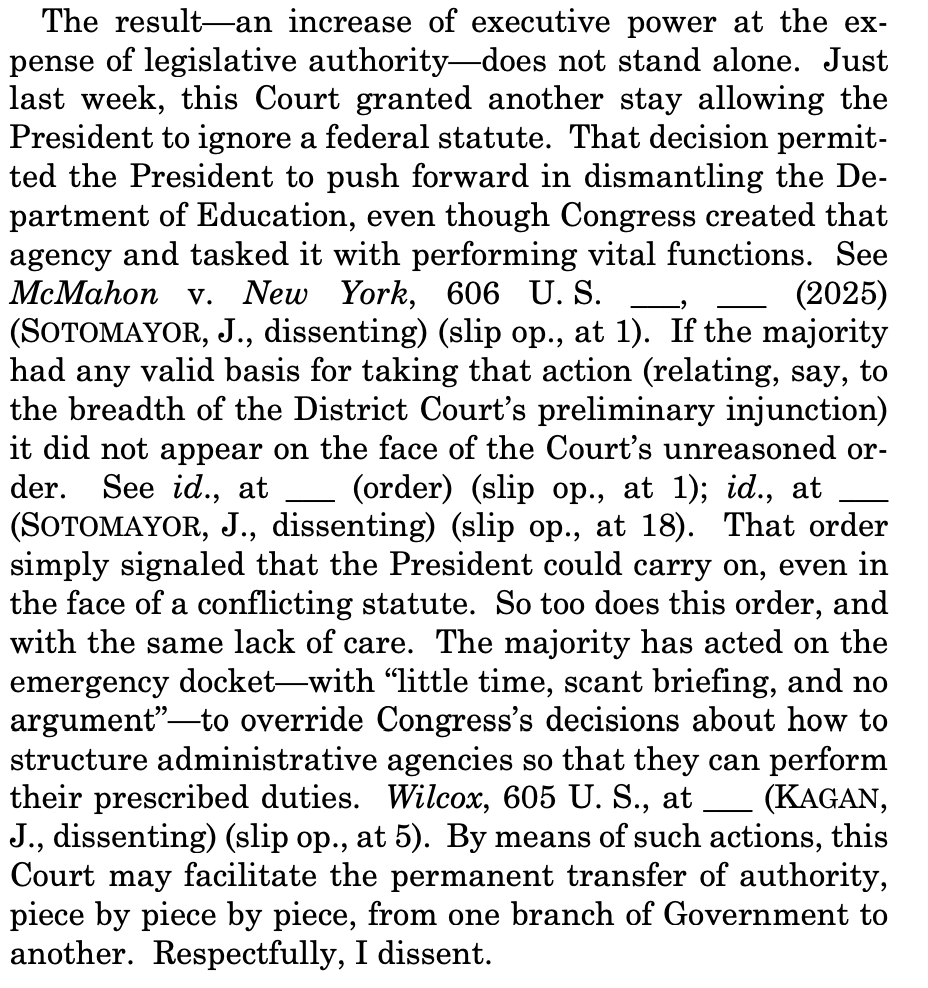“Layering nothing on nothing”: how the Roberts Court has arrogated legislative power to the executive without legal reasoning

The Supreme Court on Wednesday allowed President Trump to fire the three Democratic members of the Consumer Product Safety Commission, a five-member group that monitors the safety of items like toys, cribs and electronics.
The court’s brief order was unsigned, which is typical when the justices act on emergency applications. The order is not the last word in the case, which is pending in an appeals court and may return to the justices.
In a series of rulings since the start of Mr. Trump’s second term, the Supreme Court has almost without exception given him broad leeway to exercise control over the executive branch, including by firing officials despite a federal law limiting his authority to do so.
The Supreme Court has been chipping away at a 90-year-old precedent that allowed Congress to shield the leaders of independent agencies from politics by making it hard to fire them. In response to an emergency application in late May, the Supreme Court let Mr. Trump remove, for now, the leaders of two other agencies: Cathy A. Harris, a member of the Merit Systems Protection Board, and Gwynne A. Wilcox, a member of the National Labor Relations Board.
The order is not surprising, given the Wilcox order, but that doesn’t make it less wrong substantively and procedurally.
As Kagan observes today, we now have a classic John Roberts stare circulus jerkus, in this case involving a 90-year-old unanimous precedent being effectively overruled by a Russian nesting doll of mosty or wholly unreasoned orders:



This would be a terrible way of proceeding if Humprey’s Executor was a wrongly decided or unworkable precedent, but it wasn’t and it’s not.
And as Kagan says this has to be viewed in the context of other orders treating Juan Linz as an instruction manual rather than a cautionary tale:

What Trump is doing here — rejecting the idea that the Consumer Product Safety Commission should act to protect consumer safety because he is in the pocket of business who don’t want to be regulated — is exactly why Congress wanted the agency to have some measure of independence. The Court doesn’t believe these legislative ends are legitimate, and it still has the “uh, but not the Federal Reserve” exception in its back pocket to be applied selectively for future Democratic administrations.


